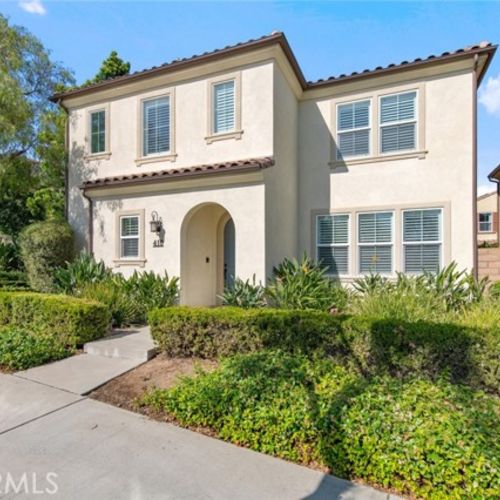As we head into the summer of 2025, California’s real estate market is facing a period of transition and recalibration. With inflation cooling, the Federal Reserve holding interest rates steady, and consumer confidence starting to waver, both buyers and sellers are asking the same questions: Is now the time to make a move? Are prices going to fall? And what should we expect for the second half of the year?
Below is a breakdown of the key economic and housing indicators from June 2025 — and what they mean for you.
Fed Holds Rates Steady, Signals Possible Cuts
On June 23, 2025, the Federal Reserve kept its benchmark interest rate unchanged at 4.25% to 4.5%, marking another pause in rate hikes. This move was largely expected, but what’s notable is the Fed’s updated guidance:
Officials now signal a potential 50 basis point rate cut by year-end, with some even suggesting a rate cut may happen as early as July.
Despite initial bond market jitters, mortgage rates remained mostly stable after the announcement. The Fed cited easing market volatility and improving outlooks, while still keeping a close eye on global conflicts, oil prices, and inflation pressures.
California Home Sales Slide to a 4-Month Low
The state’s housing market showed signs of softening in May, with a notable decline in sales activity:
📉 Home sales dropped 5.1% month-over-month
📉 Down 4% from May 2024
📉 First back-to-back monthly decline in 17 months
High mortgage rates and broader economic uncertainty continue to weigh on buyer demand. Pending home sales have now fallen for six consecutive months, though the rate of year-over-year decline is slowing — an early signal that activity may pick up later this summer.
Median Home Price Dips for the First Time in Nearly 2 Years
After reaching a record high in April, California’s median home price fell to $900,170 in May:
🔻 Down 1.1% from April
🔻 Down 0.9% from May 2024
This marks the first annual price decline since June 2023, and only the third time in 30 years that prices dipped between April and May.
What’s driving the shift?
Elevated interest rates
Rising insurance and ownership costs
An increase in housing supply
More price flexibility from sellers
While mild price declines may continue, most experts don’t expect a crash — just a gradual rebalancing of the market.
Consumer Spending Contracts as Confidence Wanes
The consumer side of the economy is also feeling the pressure:
Retail sales fell 0.9% in May
Auto sales dropped 3.5%
Building materials fell 2.7%
Restaurants and bars declined 0.9%
E-commerce remained strong, up 0.9%
After a spring surge to beat potential tariffs, spending has cooled. Global instability, particularly conflict in the Middle East, is contributing to growing caution among consumers and businesses heading into the second half of the year.
Housing Starts Hit a 5-Year Low
Nationally, housing construction took a major hit:
Total housing starts down 9.8% from April
Multifamily starts plummeted nearly 30%
Single-family starts rose slightly (0.4%) but are still down 7.3% year-over-year
Permits also declined:
West region permits down 5.1%
Single-family permits fell 6.4% year-over-year
This slowdown reflects declining builder confidence and a wait-and-see approach as market uncertainty lingers.
What It All Means for Buyers and Sellers
We’re not in a crash — we’re in a cool-down. The frenzy of the past few years has settled, but opportunities still exist for both buyers and sellers who understand how to navigate this evolving landscape.
✅ For buyers: Rates may begin to ease later this year, and softening prices could offer better value — especially for well-prepared, strategic buyers.
✅ For sellers: Pricing strategically and presenting your home well are more important than ever. Homes are still selling — just not at the speed or frenzy of 2021–2022.
This is a market that rewards informed decisions, not rushed ones.



